Stripping paint
Paint requires stripping when there are multiple layers of old paint that are both uneven and loosely adhered to to the wood and/or previous paint layers below. Exterior window sills, for example, are areas that are common to strip before repainting. Most chemical strippers are now more user-friendly than they used to be, as they are water-based. However it is still necessary to only work in well-ventilated areas, and use sufficient dust sheets to protect other surfaces. Always wear gloves and follow the manufacturer’s guidelines when stripping paint.
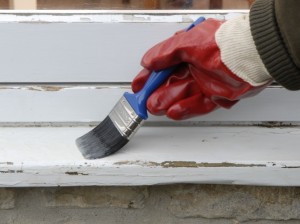 |
1. Apply paint stripper with an old paintbrush. Thoroughly cover the paintwork that requires stripping. |
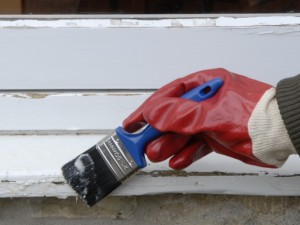 |
2. Allow the paint to bubble up and loosen. The time will vary according to how many coats require stripping away. |
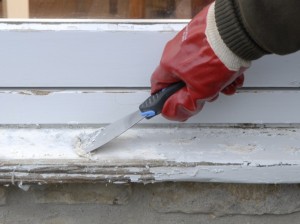 |
3. When the paint has softened, use a scraper to scrape off the paint. Remove as much excess as you can before moving to the next area. |
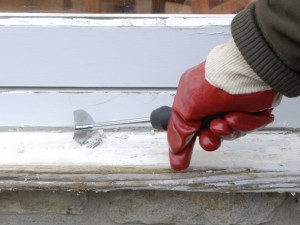 |
4. For intricate mouldings or joints between different sections of wood, a shavehook is the ideal tool for scraping away layers. |
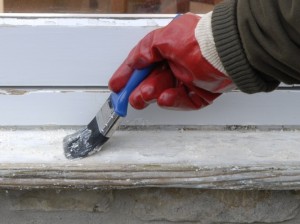 |
5. A second coat, or more, will generally be required to remove all the paint. The more coats of paint, the more applications of stripper will be required. |
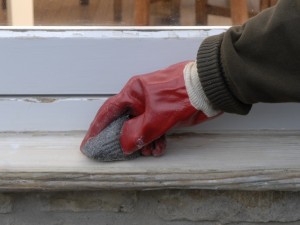 |
6. The last residues can often be removed with some steel wool. Finally, wash down the clean woodwork and allow to dry. |
Hot air guns
Hot air guns are an alternative to chemicals for stripping paint from woodwork. Follow the manufacturer’s guidelines precisely, and do not combine the use of a hot air gun with chemical strippers.
Many hot air gun manufacturers also supply extra nozzles making it easier to strip surfaces next to glass, for example.
